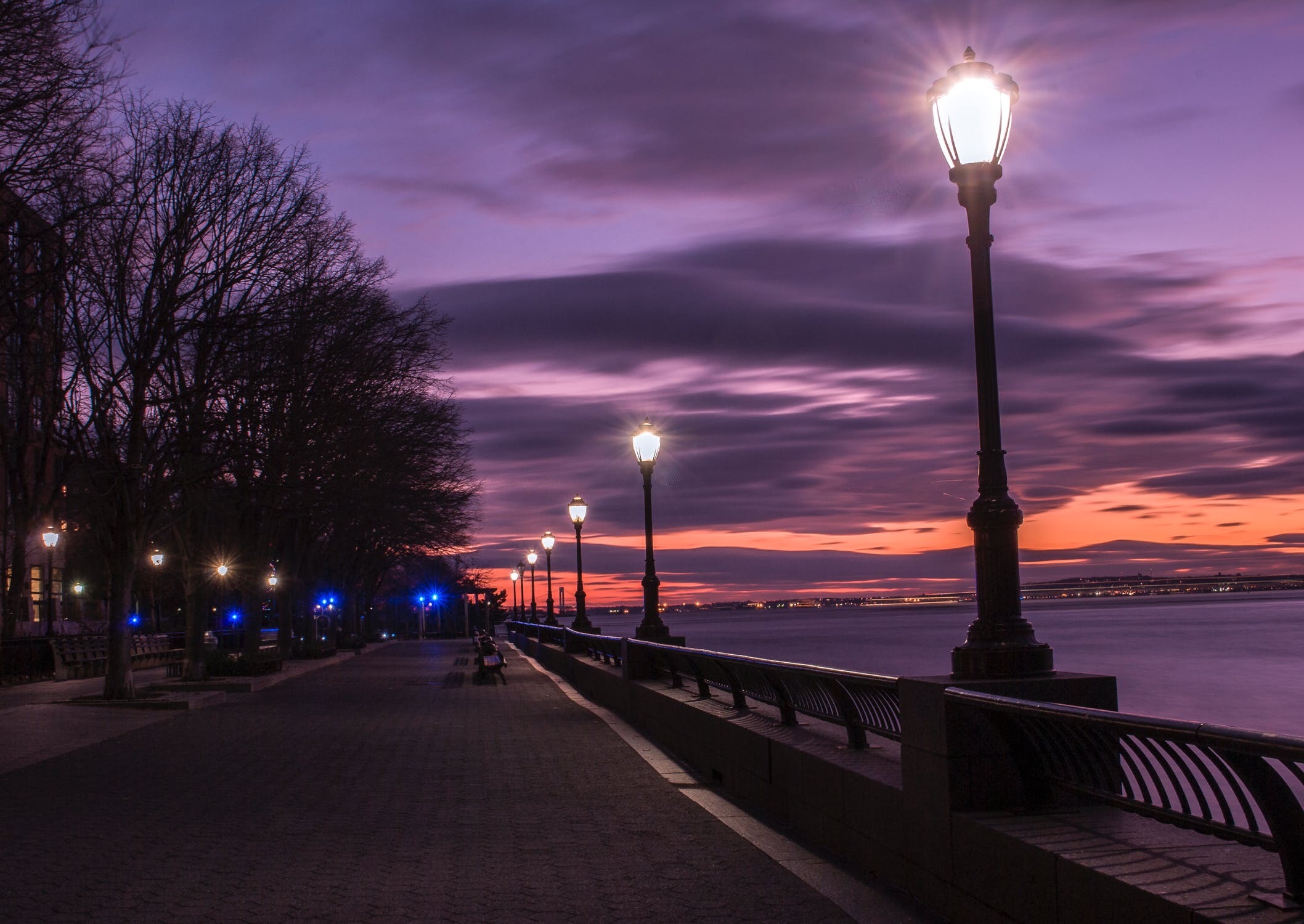Lights in the Dark: Do Street Lights Help Prevent Crime?
There’s a common notion that crimes tend to happen in the dark. Or, at least, criminals like to keep their activities hidden from potential witnesses and the dark of night makes that an easier thing to achieve. While this idea has merit, not all crimes require it to be dark to pull off. In fact, there are instances when even the light of day can’t prevent violations of the law.
However, there are studies that theorize that night-time crime might be prevented by proper lighting. At least one major study conducted in one of the biggest cities in the world points to the possibility. Do better, smarter items like a Bluesmart street light actually help reduce urban nighttime crime?
The Basic Assumption
First, let’s examine the theory. As stated, a lack of illumination makes it easier to conceal one’s identity and activities. This makes it much harder for criminals to get caught or be identified. Therefore, adding better lighting to the streets of a major city at night would reduce the number of crimes that occur once the sun goes down.
The Limitation: Street Crimes Only
For obvious reasons, this really only limits crimes that could occur in the streets. While the belief does seem logical, it has been questioned time and again by multiple studies. At best, the data showed that it was inconclusive. At worst, the data suggested that there was no change at all, whether the streets had proper illumination or not.
Challenging Older Data
However, the data is being challenged by results collected from more recent studies. Their data suggested that the use of smart lights helped lower crime rates. This is in comparison to areas that had significantly lower lighting and select places that had no lights at all.
In particular, the data focused on an increase in existing lighting levels. Areas that had existing light fixtures that were upgraded to smart lights were found to experience an overall reduction of 7%.
However, the study only noted the reduction in what is called “index crimes.” These are a subset of offenses that include robberies, assaults, some types of property-related crimes, and murders.
Crime Reduction?
While the overall reduction throughout the day was only 7%, more focused data showed a dramatic 39% reduction for index crimes at night. Previous studies indicated a more mixed picture, but the more recent ones show a more dramatic reduction. This is taken as evidence that more than just increased patrols, using environmental design and urban planning can go a long way towards reducing crime rates.
Why Does It Work?
The study was a randomized controlled trial, often cited as the gold standard of scientific and statistical testing. This means that the results are as accurate as they can get. However, that still leaves it up to people to interpret the data and act on the conclusion to be made from it. With that in mind, just what does the data mean? Why would improved lighting have such an impact on crime rates at night?
Reduced Crimes of Opportunity
One theory is that the reduction stems from crimes of opportunity. These are criminal actions that occur not because they were planned, but because the opening presented itself. The lack of illumination might have made the act more attractive due to reduced chances of being caught. The improved lighting or even smart lights detecting their movement and turning on would have discouraged such actions.
Increased Police Visibility
Another possibility would be that the reduction made witnesses and police more visible. Police visibility is a known deterrent to crime. The lights made any patrolling officers or ones that were just in the area more visible, along with any potential witnesses. Once again, this discouraged any criminals from taking action due to the increased chance of getting caught.
Increased Witnesses
Improved lighting conditions at night might also lead to more potential witnesses. Better lighting outside, along with a need to cut down on utility costs, might encourage people to spend more time outside. They won’t stray too far from their homes, but might instead hang out in their yards or within sight of the lights. This increases the number of potential witnesses to any action, including criminal ones.
Daylight Crime Reduction
What about the daylight reduction, however? During the day, the sun is out and provides very visible lighting. Smart lights – or any lights, for that matter – aren’t needed in most cases.
The prevalent theory for that is that new lighting fixtures, especially ones that are high-tech and have the perception of being expensive, shows civic determination. The city is more focused on preventing crime, which can act as a deterrent to future crime. It can also increase the neighborhood’s own cohesion and pride, leading to more reports of crimes.
Conclusion
Smart street lights aren’t going to stop crimes. However, there are many possible theories that point to them having the potential to reduce certain crimes. Increased visibility and illumination, along with a perception of more focused intent on crime prevention, can lead to less criminal activity.

